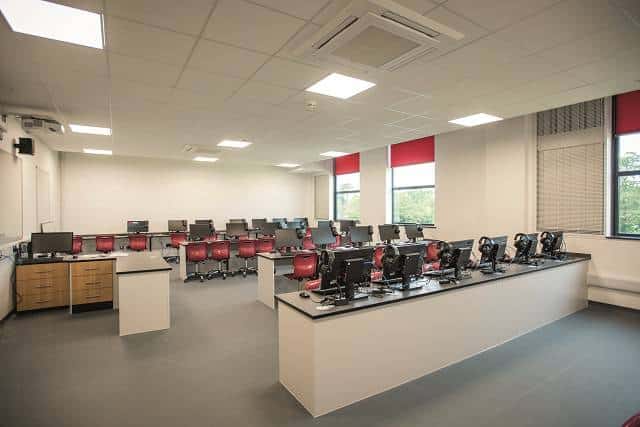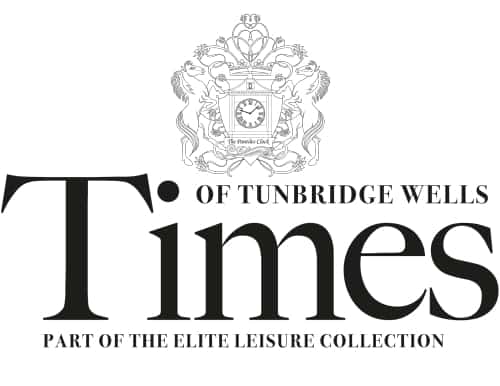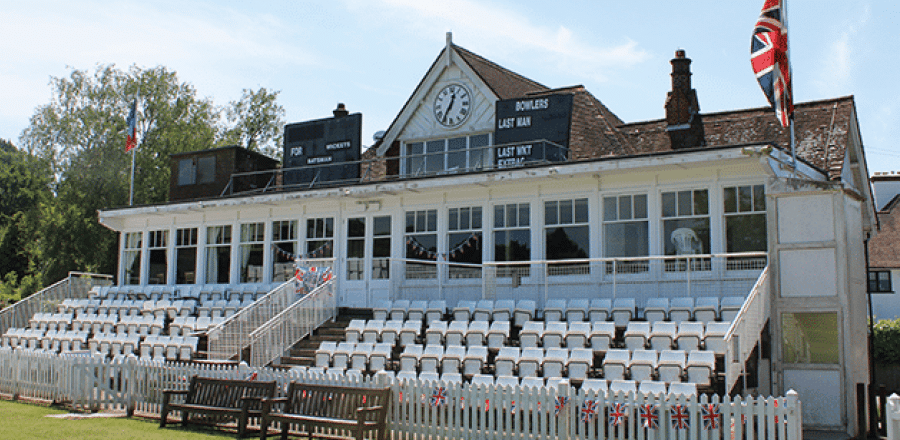IT WAS a year ago to the day that new Prime Minster Theresa May announced she was ending the ban on new grammar schools.
On the same day, September 8, 2016, Kent County Council Leader Paul Carter and his Cabinet Member for Education, Roger Gough, were digging a hole to plant the first tree at the new ‘annexe’ of the Weald of Kent Grammar School on Seal Hollow Road, Sevenoaks.
Twelve months later, 120 Year 7 pupils arrived for their first day of senior school at the new site. The tree is still alive, but much else has changed in the interim.
The Tory plan to change the law and start building more selective state schools was ditched from the manifesto at the General Election in June.
This was apparently because of public apathy, if not disapproval of the idea on the grounds of equal opportunities.
 However, the subject continues to provoke acrimony – and Labour’s 1998 ban on the creation of ‘divisive’ new grammar schools remains in place.
However, the subject continues to provoke acrimony – and Labour’s 1998 ban on the creation of ‘divisive’ new grammar schools remains in place.
An Early Day Motion will be put to Parliament this week by a Labour MP proclaiming the annexe to be a case of ‘selection by stealth’.
Hence the need to stress that Weald of Kent in Sevenoaks is exactly the same school as Weald of Kent on Tonbridge’s Tudeley Lane.
Maureen Johnson, who has been Headteacher for a decade, is keen to stress that there is no differentiation, just a different location. She said: “They will both follow the same curriculum with the same staff and have the same exposure to enrichment activities and high-quality teaching.”
This is the first expansion of a grammar school for half a century. The project, which cost £22million, was the brainchild of Kent County Council [KCC] and funded by them in association with central government’s Education and Skills Funding Agency.
 Cllr Roger Gough, a representative of Sevenoaks District, disagrees with the perception that this is the building of a new school by subterfuge.
Cllr Roger Gough, a representative of Sevenoaks District, disagrees with the perception that this is the building of a new school by subterfuge.
“I wouldn’t accept that,” he said, sitting in the shiny new cafeteria on the day before the doors opened to the new Year 7 intake. “It’s about having the whole range of tools in the box.
“It’s not about building grammar schools for their own sake. What we did say was that, as the overall secondary population rises, we wanted to make sure there was a fairly sensible, stable grammar provision within that.”
Mr Gough points out that the demographic is changing with the increase in the birth rate in the early 2000s now being felt at senior schools.
This means the provision for secondary education needs to rise accordingly across the board – and since almost 30 per cent of children in Kent attend a grammar school, that sector needs almost as much attention as the comprehensive stream.
He points out that it is an ‘anomaly’ that Sevenoaks does not have a grammar school already, since West Kent is awash with them, and that around 40 per cent of the girls who go to Weald of Kent in Tonbridge live in Sevenoaks -with ‘huge numbers bussed out of the area every day’.
‘Because it has got to be one school, and that was in the agreement, the children that are based predominately at Sevenoaks will travel to Tonbridge one day a fortnight’
Eighty-seven per cent of the pupils at the new annexe come from the town and its surrounding villages – which appears to give credence to the philosophy behind the scheme, if not the necessity for it.
Added to that statistic is the fact they were planning for 90 girls, but a further 30 chose the annexe through the appeals process. Given these figures, it starts to sound like a success story – a case of common sense breaking out.
The project was formulated by KCC after they had debated a petition put forward by the Sevenoaks Grammar School Campaign calling for selective provision in the town in early 2012.
Cllr Gough says: “We needed to solve the West Kent grammar problem as well as the Sevenoaks problem.”
And the availability of the site of the old Wildernesse comprehensive school provided an opportunity to address the issues, dovetailing the construction of the annexe with the new non-selective Trinity school that was going up.
KCC approached all grammar schools in West Kent to see if they were interested. Two came forward, Maidstone Invicta and Weald of Kent. Both applications were for co-educational annexes, even though they were both single-sex girls’ schools.
And both were turned down on the grounds that the change to co-ed would mean it had to be designated as a new grammar school, and was therefore in breach of the law.
The Tonbridge candidate quickly changed its strategy to return to girls only, and that met with approval.
Weald of Kent has found a way around the problem of the separate status by making the Sevenoaks pupils attend the Tonbridge site for one day out of every fortnight. Mrs Johson explained: “Because it has got to be one school, and that was in the agreement, the children that are based predominately at Sevenoaks will travel to Tonbridge one day a fortnight.”
There will ultimately be 450 girls at the annexe. Meanwhile, there is a boys’ school on the site which has no tenant at all. It was built, but no one came.
Several schools, including Judd in Tonbridge and Skinners’ in Tunbridge Wells, are understood to have turned down the chance for a satellite campus.
So it stands empty, though Mr Gough says: “There are some conversations which are more positive. Those discussions continue, we remain keen to do it.
“The aim would be to ensure the boys’ provision serving the area as a whole keeps step with the girls. But there’s nothing that’s actually imminent.”
Weald of Kent, for one, would jump at the chance. Mrs Johnson says: “There is no legal mechanism to allow a school to replicate itself in any way other than it currently exists.
“Therefore, unless there is a change in the law, there is nothing we can do about that. We would love to welcome boys here, but that’s for the government to decide.”








